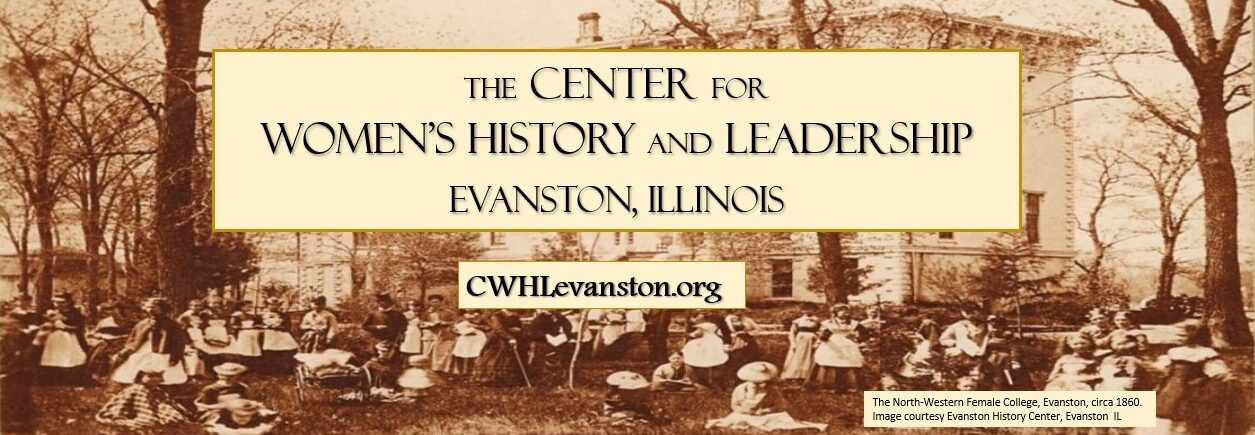During summer 2023, the Frances Willard House Museum and WCTU Archives highlighted stories of women’s mobility and travel on tours and social media. Many artifacts, documents, and photographs in our collection provide insight into the ways in which women crossed borders, transcended boundaries, and formed wide-ranging coalitions.
The first collection item we shared was Frances Willard’s passport from her 1868-70 travels to Europe and the Middle East. It was during this trip that Willard decided to focus her life’s work on women’s
rights, as the following excerpts from her travel diaries reveal.
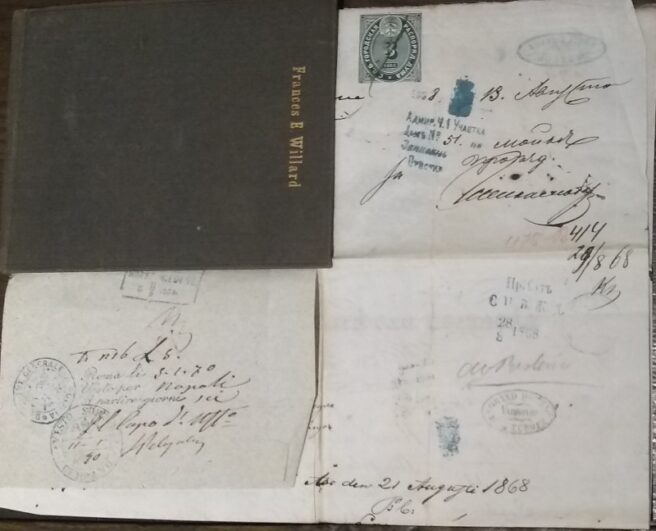
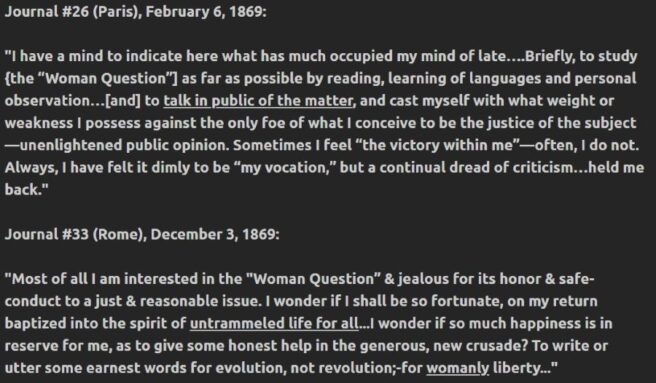
We then highlighted “Old Faithful,” Frances Willard’s carrying case from when she was president of the WCTU. It did double duty as a pillow and a footrest during her extensive work-related travels by train and by boat. Discovered during conservation efforts in 2017, the satchel contains what Willard was carrying when she died in 1898, in New York en route to England: invitations to events, a letter, a temperance pledge card, leaflets, periodicals, and ideas for future speeches. Today, Old Faithful is on display in Willard’s office, serving as a reminder of her relentless career as a traveling lecturer and organizer.

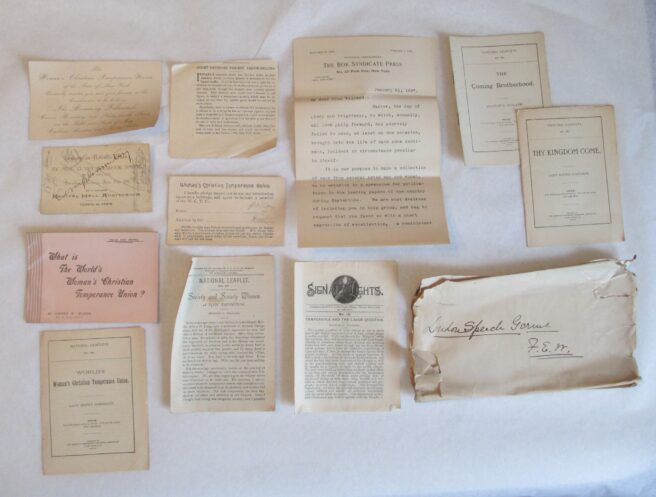
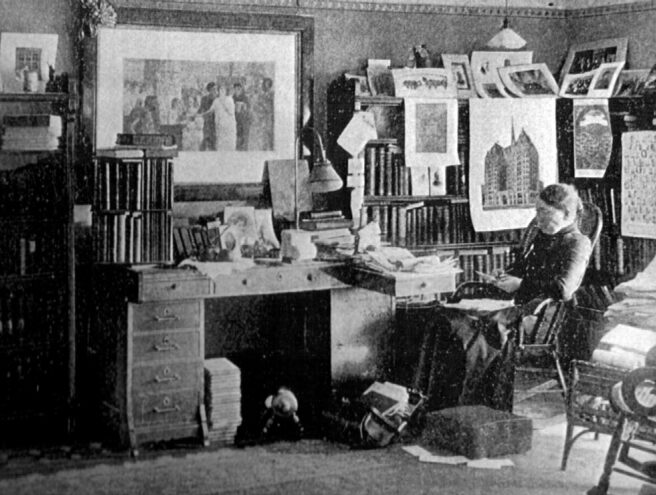
In addition to keeping “Old Faithful” by her side, Frances Willard never boarded a train without her trusty traveling tea set, an authentic Drew & Sons piece that is now on display in the Frances Willard House Museum Dining Room. Read our Collection Close-Up to learn how women like Willard used tea to facilitate political discussion, organize reform networks, and claim ownership over public space.

While the traveling tea set promised refreshment to weary train travelers, the Bilhorn Portable Organ ensured that each WCTU meeting could begin and end with spirited temperance hymn-singing. It revokes WCTU members on the move, traveling from town to town to organize new Unions and hold annual conventions. Read our Collection Close-Up to learn about the role of music and mobility in the history of WCTU women’s activism.
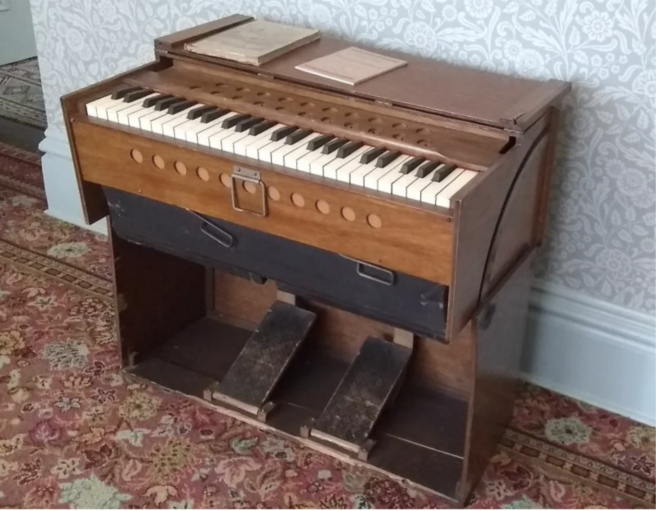
Rest Cottage, Frances Willard’s home, was far less restful once it became a WCTU boardinghouse and office space. For a true retreat, Willard had Eagle’s Nest. This cottage in the Catskills was named after a hiding place sisters Frances and Mary had on the Willard’s farm in Janesville, Wisconsin where they grew up.
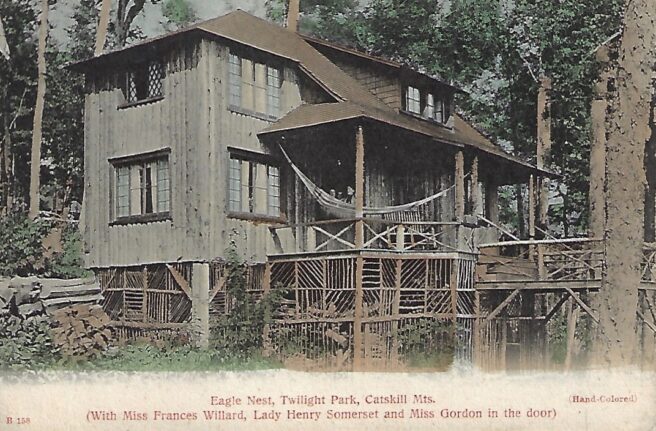
Another source of refreshment for Willard was Yosemite National Park. The beauty and grandeur of the landscape caused “word-pauperism” for Willard, a rarity for a writer and orator of many words. She recounted: “not one word was spoken by our party at the heavenly vision of Yosemite… A holy awe rested upon us, and tears were in all eyes.”
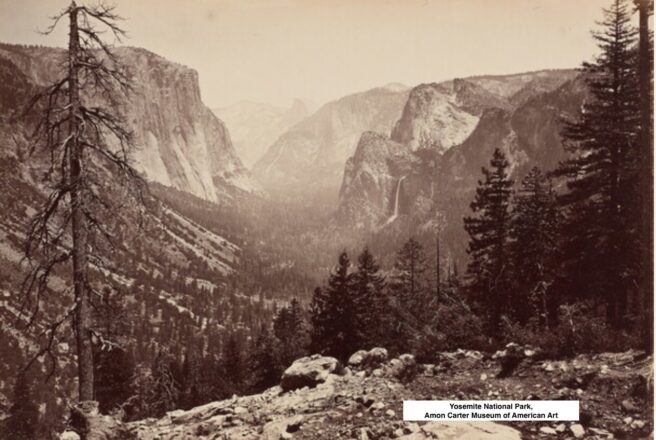
Willard was only one of many WCTU woman to travel extensively. Mary Clement Leavitt served as the WCTU’s “around-the-world missionary” during the 1880s, visiting New Zealand, Japan, Burma, India, Ceylon (Sri Lanka), Africa, and many more countries and continents.
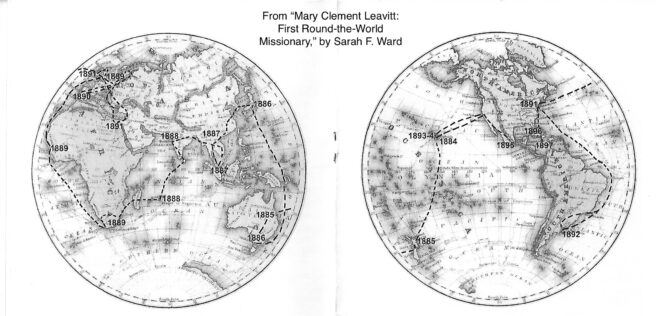
WCTU organizer Jessie Ackerman traveled around the world eight times. One obituary claimed that she covered 380,000 miles and visited every country except Greenland after 1889. That daring and adventurous spirit seemed good for her – she lived to 95.
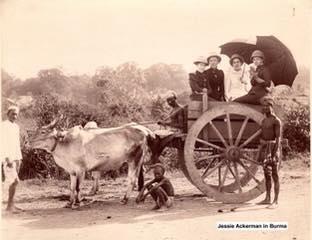
Another world traveler for temperance, Agnes Slack of England, logged more than 200,000 miles across four continents. Slack worked with the World’s WCTU, as well as with temperance groups in Britain, and wrote two books about her journeys.
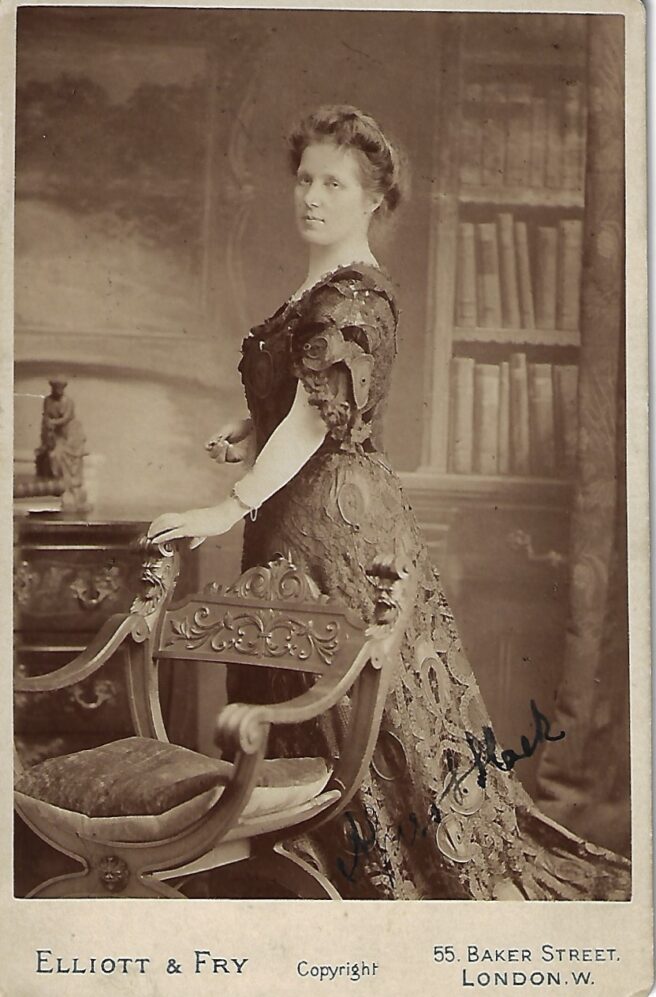

Anna Gordon was the fourth president of the WCTU and led the organization as it evolved from the nineteenth into the early twentieth century. Her 1921 trip through South America is highlighted in our Story Map, entitled Anna Gordon and the International Reach of the WCTU. By spreading awareness of the danger of alcohol and advocating for the rights of women and children, WCTU leaders hoped to create a more peaceful world. Yet, reaching across national divides revealed some weaknesses behind their argument for temperance, including economics and colonialism.
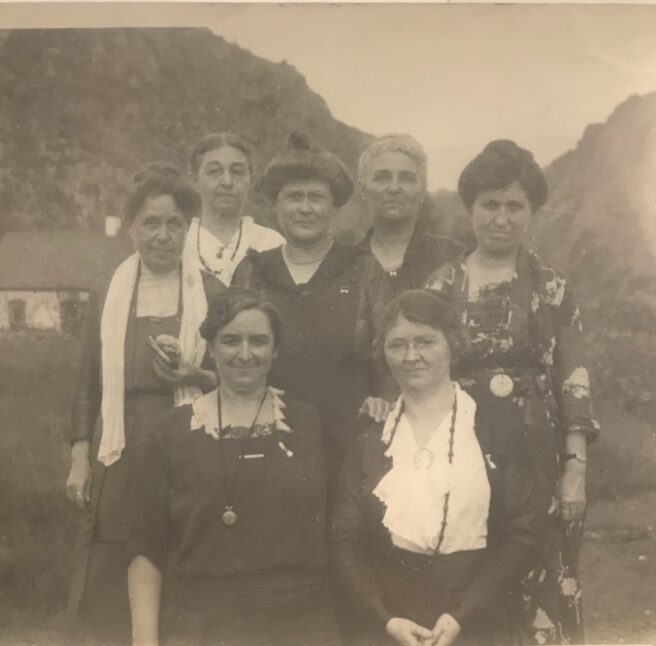
WCTU women had help from their furry friends in organizing widespread reform networks. Frances Willard’s cat Toots maintained an active and public correspondence with “temperance cats” across the globe, including with the very distinguished Tommy Norton Sewell (pictured).

Besides the Willard House, there are WCTU-related sites you can visit today. From Washington, DC to Washington state, WCTU drinking fountains have met the needs of thirsty summer travelers – human, equine, and canine. Local women had fountains installed in parks and town centers to provide fresh water (sometimes even iced!) as an alternative to the beverages found in saloons. You can see many more examples in our digital exhibit and tell us about the ones you see as you travel. We’re always adding more!

The next time you visit Los Angeles, book few nights at the Hotel Frances Willard! Great location, near the Los Angeles Public Library, the depot, and many other famous LA sights. Rooms feature every modern convenience, except a mini-bar (it is a temperance hotel after all). Call soon to get these low 1920s rates! (The building later became the Bible Institute of Los Angeles.)
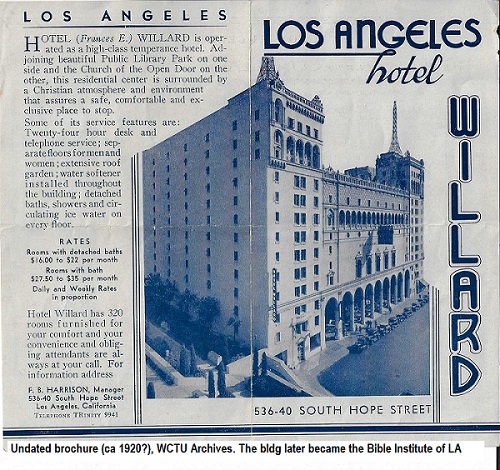
Visitors to Canada or North Dakota can check out the International Peace Garden’s WCTU benches. They are located between Dunseith, North Dakota and Boissevain, Manitoba, at almost the exact East-West center between the two coasts and 30 miles north of the center of North America. WCTU U.S. and WCTU Canada donated benches and a water fountain. Send us a photo if you go!

From all of us at the Frances Willard House Museum and WCTU Archives: happy travels, and see you next summer for more globetrotting adventures!
